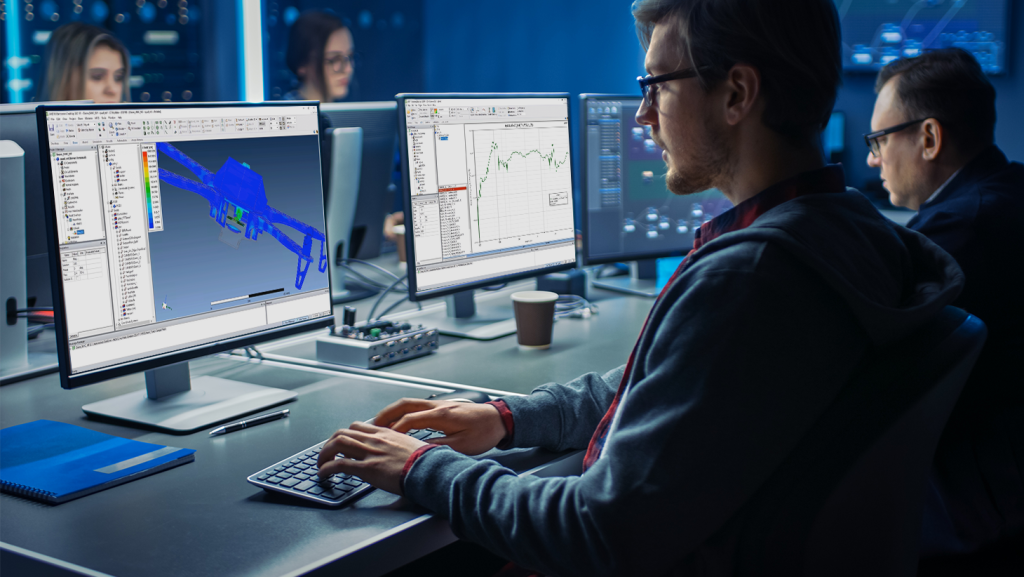In a world that is constantly changing and evolving, humans have always sought to understand and predict the intricate dynamics of their surroundings. A tool that has proven to be of immense utility in this quest is computer simulation. Often labeled as a form of synthetic reality, computer simulation is an art of creating a virtual world within our computers, which closely mimics the principles of our real world. This high-tech wonder is enabling us to unravel mysteries that lie far beyond our reach and is contributing to our understanding of a variety of realms.
Painting the Universe with Algorithms
Computer simulation is a remarkable blend of creativity and computing. It is about creating virtual worlds governed by mathematical principles and algorithms, the underlying language of our universe. The goal is not merely to replicate reality, but to construct alternative realities that enable us to explore what-if scenarios. These scenarios often encompass everything from an individual’s biological processes to the sprawling dynamics of galactic clusters.
The scope and versatility of computer simulations are simply stunning. A computer simulation might delve into the depths of the human body, charting the course of a single cell as it fights an invading virus. Or it might fling you to the outskirts of the cosmos, showcasing how galaxies collide, merge, and transform over billions of years. The ability to observe and interact with these phenomena from the safety of our desks gives us a new perspective on the world and universe at large.
Notably, computer simulations provide us with a powerful tool to study climate change. By simulating the global climate system and varying specific parameters, we can foresee potential future scenarios. This allows scientists and policy-makers to plan strategies to mitigate and adapt to the impacts of climate change.

Challenges and the Road Ahead
While the promises of computer simulations are grand, there are notable challenges that must be addressed. The first, and perhaps the most daunting, is the issue of complexity. Real-world systems, whether they’re biological organisms or galactic clusters, are incredibly complex. Capturing every intricate detail in a simulation is a Herculean task, requiring enormous computing power and intricately designed models.
Moreover, there’s the question of uncertainty. In many cases, simulations are built upon assumptions that simplify the complexities of real-world phenomena. These assumptions may introduce uncertainties and errors into the simulations, potentially affecting their accuracy and reliability. The challenge lies in reducing these uncertainties and increasing the precision of simulations without over-complicating the models.

Despite these challenges, the field of computer simulation is advancing at an astonishing pace. New algorithms are being developed, computing power is increasing, and novel methods to handle complexities are constantly emerging. The ongoing convergence of artificial intelligence and computer simulations is particularly exciting. AI can be used to optimize simulation models, make real-time adjustments, and even learn from the uncertainties, thereby increasing the overall accuracy and effectiveness of simulations.
Conclusion: The Virtually Unlimited Potential of Simulations
With the incredible advancements in technology, computer simulation is shaping the frontier of human understanding. It offers a playground for testing theories, predicting future outcomes, and exploring the unexplored. The challenges are steep, but the promise is exhilarating. With its potential applications spanning from microscopic to cosmic scales, computer simulation truly is a gateway that allows us to go beyond reality, expanding our horizons further than ever before. While we may never fully mimic reality in its entirety, each simulation brings us one step closer to understanding the intricate dance of atoms, cells, stars, and galaxies. It is indeed a thrilling journey, a voyage beyond reality.


